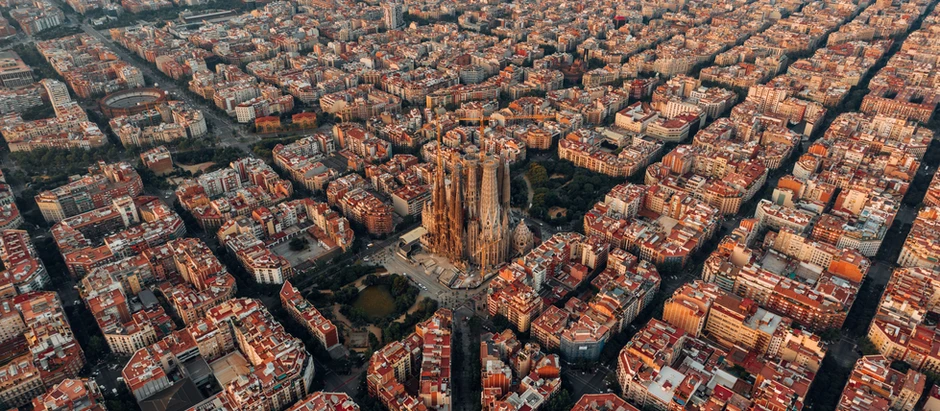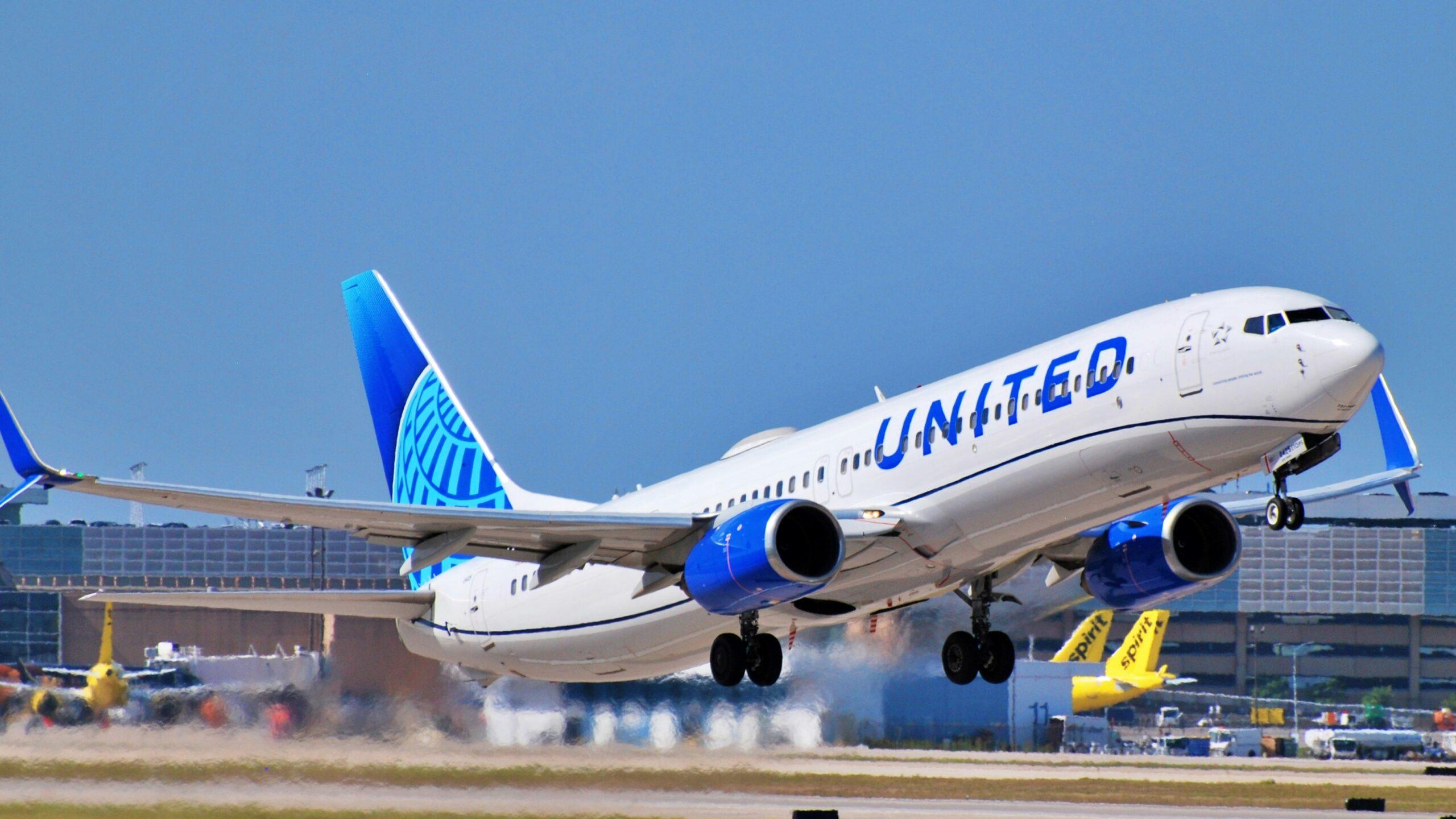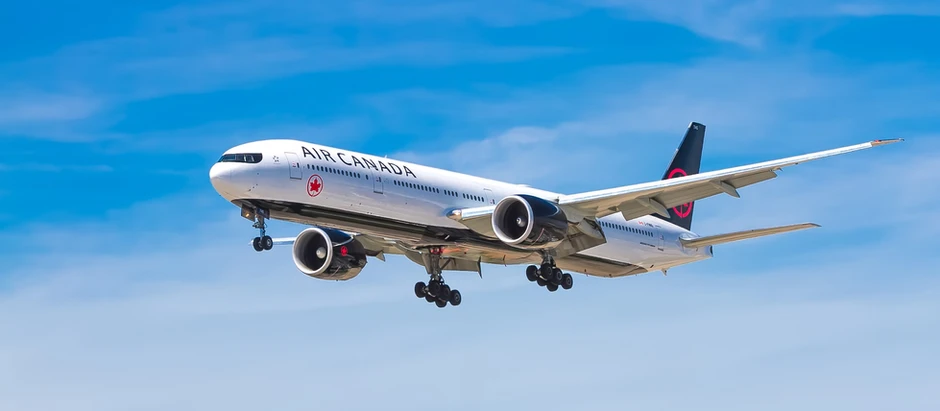In this guide, you’ll learn how you can see the best parts of Barcelona on a budget. We take a look at flights to get there, hotels, and the sites and attractions to see on your visit; while trying to keep an eye on what you spend.
Budget Air Travel Tips to Barcelona
Barcelona-El Prat Airport (BCN) is the main international airport serving the city, with lots of direct flights from the UK.
Flying From London:
Ryanair, EasyJet, and Vueling tend to offer the best deals, and on such a relatively short flight, their relatively limited on-board facilities don’t affect teh trip too much. During off-peak seasons (November to March), return flights can be found for as little as £40-£60. However, during peak season (June to August), prices can rise to £120-£200, particularly if booked last minute.
Flying From Manchester:
Direct flights from Manchester are available through Ryanair, Vueling, and Jet2. Off-peak return tickets typically cost between £50-£80, while peak season fares can reach up to £150-£250.
Flying From Edinburgh:
Direct flights from Edinburgh are by Ryanair and Vueling, with off-peak return tickets starting at around £60-£90. In the summer, these prices can climb to £150-£220.
Peak Season (June to August):
The summer months are the most popular time to visit Barcelona, with the warm Mediterranean climate attracting tourists. Expect higher airfare and accommodation costs, as well as crowded attractions.
Shoulder Season (April to May, September to October):
These months offer a balance of decent weather and more affordable travel costs. Flights and accommodations are generally 15-30% cheaper than in the peak season.
Off-Peak Season (November to March):
This is the most budget-friendly time to visit Barcelona. While the weather is cooler, particularly in January and February, flight prices are significantly lower, and the city is less crowded. However, be aware that some attractions may have reduced hours, and certain seaside activities will be limited.
Budget Train Travel Tips to Barcelona
Not many think to do this, mainly because of the time involved, but it can be a great part of the holiday in itself.
Eurostar to Paris and TGV to Barcelona:
The journey involves taking the Eurostar from London to Paris, followed by the TGV high-speed train from Paris to Barcelona. The total travel time is approximately 11 hours. Prices for the Eurostar start at around £50 one-way, while the TGV from Paris to Barcelona ranges from £60-£120, depending on the time of booking and season.
Booking well in advance is key to keep the price down; as is traveling off-peak.
Budget Bus Travel Tips to Barcelona
For the truly budget-conscious traveler, buses offer the most economical way to reach Barcelona, though with the trade-off of longer travel times.
From London:
Bus services such as FlixBus and Eurolines offer direct routes from London to Barcelona. The journey takes approximately 24 hours. Prices can be as low as £35-£50 one-way during off-peak seasons, rising to £80-£100 during peak travel periods.
Buses are a good option for those traveling with flexible schedules and seeking to minimize travel costs. However, it’s important to consider the lengthy travel time and the need for potential overnight stays along the route.

Typical Weather per Month
– January: Average temperatures range from 5°C to 14°C. It’s one of the coldest months, but still milder than many other European cities. Rain is infrequent, but the days are shorter.
– February: Similar to January, with temperatures gradually increasing. The weather remains cool but manageable for sightseeing.
– March: Temperatures start to warm up, averaging 8°C to 16°C. Spring is beginning, making it a pleasant time for outdoor activities without the summer crowds.
– April: Temperatures range from 11°C to 18°C. April is characterized by blossoming flowers and moderate rainfall, making it a good time to visit before the tourist rush.
– May: With temperatures between 14°C and 22°C, May offers warm weather without the summer heat. Rain is infrequent, and it’s an ideal time for beach visits and exploring the city.
– June: Summer begins, with temperatures ranging from 18°C to 26°C. The city starts to get busier, and rain is rare.
– July: July is one of the hottest months, with temperatures between 21°C and 30°C. The weather is dry, and the city is bustling with tourists.
– August: Similar to July, August is hot and humid, with temperatures often exceeding 30°C. This is peak tourist season, so expect crowded attractions and higher prices.
– September: Temperatures begin to drop slightly, ranging from 19°C to 27°C. The weather is still warm, but the crowds start to thin out.
– October: Cooler temperatures prevail, averaging 14°C to 22°C. October sees an increase in rainfall, but the city remains vibrant with cultural events.
– November: Temperatures drop to between 10°C and 17°C. The weather is cooler and wetter, but the city is quieter and more affordable.
– December: Similar to November, with temperatures between 7°C and 15°C. The city is beautifully decorated for Christmas, and the cooler weather is offset by festive markets and events.
How to Save Money on Accommodation
Accommodation in Barcelona ranges from budget-friendly hostels to luxurious hotels. Here are some of our picks in each price range:
Budget Option: Hostal Delfos
Located in the heart of Barcelona, a few minutes’ walk from Plaça de Catalunya, Hostal Delfos offers affordable accommodation in a prime location.
– Price: Private rooms start at £30-£40 per night.
– Why It’s a Good Deal: The location is excellent for those wanting to explore Barcelona on foot, and the basic amenities provided are suitable for budget-conscious travelers. The proximity to public transport also makes it easy to get around the city.
Mid-Level Option: Hotel Barcelona House
Situated in the lively Gothic Quarter, Hotel Barcelona House provides comfortable, modern accommodation at a mid-range price.
– Price: Double rooms start at £70-£100 per night.
– Why It’s a Good Deal: The hotel offers a blend of comfort and convenience, with easy access to major attractions like La Rambla and the Cathedral of Barcelona. The stylish decor and amenities, including free Wi-Fi and air conditioning, add value without breaking the bank.
Luxury Option: Hotel El Palace Barcelona
For those seeking a more luxurious experience, Hotel El Palace Barcelona offers five-star service and amenities in a historic setting.
– Price: Rooms start at £250-£400 per night.
– Why It’s a Good Deal: While this option is more expensive, it provides an exceptional level of comfort and service. The hotel’s central location, coupled with luxurious amenities such as a rooftop pool and a spa, makes it a worthwhile splurge for those seeking an unforgettable stay.
The Five Most Important Things to See
Barcelona is home to some of the world’s most famous landmarks, many of which are must-sees for any visitor. Here are the five most important attractions.
1. La Sagrada Família
Antoni Gaudí’s masterpiece, La Sagrada Família, is arguably the most iconic symbol of Barcelona. This monumental basilica, which has been under construction since 1882, is a UNESCO World Heritage site known for its stunning architecture and intricate details.
– Entry Fee: £22-£32 (basic entry, depending on the time and type of ticket).
– Moneysaving Tip: Book your tickets online well in advance to secure a time slot and avoid higher prices on the day. Consider visiting during off-peak hours to save on entry fees.
2. Park Güell
Another of Gaudí’s masterpieces, Park Güell, offers visitors a chance to explore a fantastical world of mosaics, sculptures, and architectural marvels, all set against a backdrop of lush gardens and panoramic views of the city.
– Entry Fee: £10 (general admission).
– Moneysaving Tip: Visit early in the morning or late in the afternoon for a more peaceful experience and to avoid the larger crowds that arrive during peak hours.
3. Barri Gòtic (Gothic Quarter)
The Gothic Quarter is the historic heart of Barcelona, characterized by its narrow medieval streets, hidden squares, and impressive Gothic architecture, including the Barcelona Cathedral. It’s a perfect area to explore on foot, absorbing the city’s rich history.
– Entry Fee: Free to explore, £7 for entry to the Cathedral.
– Moneysaving Tip: Take a free walking tour to get the most out of your visit, often led by knowledgeable local guides. Don’t forget to tip if you enjoyed the tour!
4. Casa Batlló
Casa Batlló, another of Gaudí’s stunning creations, is known for its unique, colorful facade and surreal interior, inspired by nature and folklore. The building is one of the highlights of the city’s architectural landscape.
– Entry Fee: £30-£35 (basic entry).
– Moneysaving Tip: Look for combo tickets that include entry to multiple Gaudí sites, which can offer better value if you plan to visit several of his works.
5. La Rambla
La Rambla is Barcelona’s most famous street, stretching from Plaça de Catalunya to the waterfront. It’s a bustling avenue filled with shops, cafes, and street performers, offering a lively atmosphere day and night.
– Entry Fee: Free to explore.
– Moneysaving Tip: While La Rambla is worth visiting, avoid eating or shopping on the main strip as prices tend to be inflated. Instead, venture into the side streets for better deals on food and souvenirs. Definitely visit La Boqeria market (pictured) for fresh seafood and drinks.
10 Barcelona Moneysaving Tips
1. Use the T-casual Metro Card:
(Used to be the T10 card) Barcelona’s public transport system is efficient and affordable. The T10 card provides 10 journeys on the metro, bus, or tram for around £8. This is much cheaper than buying single tickets.
2. Visit Museums on Free Days:
Many museums in Barcelona offer free entry on specific days or times. For example, the Picasso Museum is free on Thursday evenings and the first Sunday of each month.
3. Eat Like a Local:
Avoid touristy restaurants on La Rambla and instead opt for local markets like Mercat de Sant Antoni or neighborhood tapas bars. You’ll find better prices and more authentic food.
4. Take Advantage of Free Attractions:
Barcelona has plenty of attractions that are free to explore, such as the beaches, the Parc de la Ciutadella, and the various architectural wonders in the Eixample district.
5. Stay Outside the City Center:
Accommodation in neighborhoods like Gràcia or Poblenou tends to be cheaper than in the city center, and these areas offer a more local experience while still being well-connected by public transport.
6. Book Attractions in Advance:
For major sites like La Sagrada Família or Park Güell, booking tickets online can often save you money and time by avoiding long queues.
7. Use Tap Water:
Barcelona’s tap water is safe to drink, so bring a reusable water bottle and refill it instead of buying bottled water.
8. Consider a Barcelona Pass:
If you plan to visit multiple paid attractions, the Barcelona Pass or Barcelona Card can offer good value. These cards provide entry to several sites as well as discounts on dining and shopping.
9. Walk or Cycle:
Barcelona is a very walkable city, and there are also bike rental services that allow you to explore at your own pace, saving money on transport.
10. Explore the Markets:
Barcelona’s markets, like La Boqueria, offer a great way to enjoy local cuisine at a fraction of restaurant prices. You can also pick up fresh produce for picnics, which is a budget-friendly option for meals.
Find budget flights, hotels and holiday pages to Barcelona
At Flight Tribe, we’re the specialists in pulling together the best deals for holidaying abroad. Be sure to view Spain Flight Deals, Spain Hotel Deals, and the latest Holiday Deals, to get the best prices for your trip to Barcelona.




